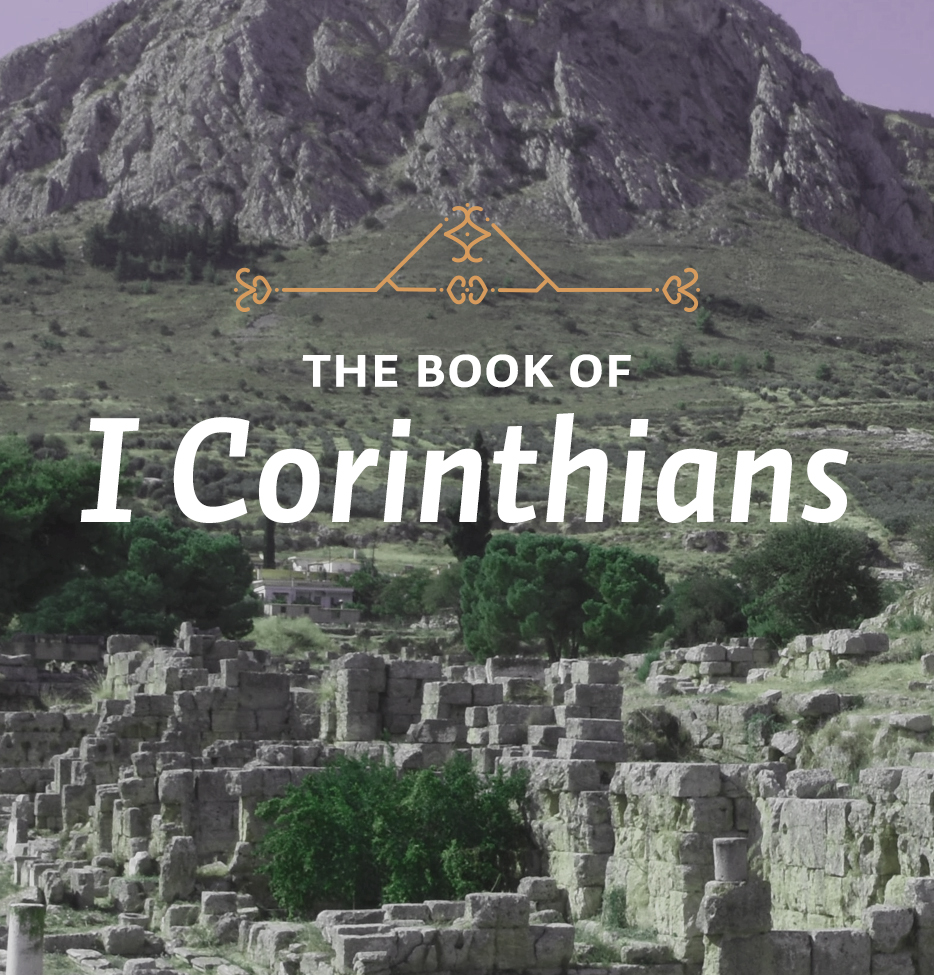Yesterday we learned how Paul established himself in the city of Corinth. During those early months in Corinth the Jews were stirring up trouble against Paul. The Lord appeared to Paul on one occasion and said, “Do not worry. I am not going to let anything happen to you here. I have many people in this city.” Paul took courage from that, in spite of having been mistreated – even stoned – in other places, and carried on his ministry there in Corinth for eighteen months.
Upon leaving Corinth, Paul went to Ephesus, and while there he heard of problems that had arisen back in the church at Corinth. Apparently, he made one trip back there, which he alludes to in 2 Corinthians, but it is not recorded in Acts. It would seem also that he wrote a letter to them about those problems, which we do not have in our New Testament, an extra letter that somehow just vanished from history. Then, as we know, he wrote a second letter to the Corinthians following up on the problems that had developed and with which he was trying to deal. In this first letter we learn about Paul’s first attempt, after having left that city, to encourage the church and to set it on the path that it should go.
When we read the opening section of the letter, we find two different things described. On one hand, we find the church described in terms that we ardently wish were true of churches elsewhere. But then at the same time, we find that it was a different kind of church entirely, a church that was riddled with problems and, in some respects, was a disgrace. When we read about the church of saints, our hearts are lifted up. When we read about the church of sinners, our hearts are cast down and we say, “What hope is there for anyone?”
This first section is interesting. Paul begins, as he does virtually all his letters, mentioning himself; then he mentions Sosthenes, who on this occasion, is with him. Sosthenes was most likely the successor of Crispus as ruler of the synagogue. He mentions the group of people in the church at Corinth, to whom he is writing. He then he gives his traditional greeting, “Grace and peace to you from God our Father and the Lord Jesus Christ.” In this context and in the verses immediately following, he describes what we would call “bright spots” in the life of this congregation. I want to name a few of them.
In verse 2 we read, “To the church of God in Corinth, to those sanctified in Christ Jesus and called to be holy together with all those everywhere who call on the name of our Lord Jesus Christ.” It is worth pointing out that in the Greek language in which Paul was writing, those words – holy and sanctified – are actually the same words. In English, because of our rich heritage of words from both the Germanic and romantic languages, we have words often that are virtual synonyms, though they come from those different sources. This is the case here. In English, we will take the Greek word hagios and we will translate it “holy” in some instances and “saint” in others. Our word holy comes from the word heilige in the Germanic languages. You use it when you talk about the Holy Bible – Heilige Schrift – in German. But then at other times we will take the Greek word and translate it “saint” or “sanctified” because we have the exact word from the romantic languages. In the French language, for example, you call the Bible La Sainte Bible.
And so we have that word sanctified used in the first part of the verse and we have that word holy used in the second part of the verse, but it is the same thing. Paul is talking about those who are separated unto Christ and who, as he says quite clearly in the text, are holy and are on the way to holiness as a result.






